Latest Contributions
Dacoits and Encounters in the 1960s

Pamela Mathur was born in Agra, Uttar Pradesh in 1953. She obtained her B.A. (History) and M.A. (English Literature) from Panjab University, Chandigarh.
Pam was married in 1975 and enjoyed living in various parts of India thanks to her husband, Ashok, who was posted to several cities across India during his career.
Pam is currently living a retired life in Pune, Maharashtra. Both her daughters are settled.
Pam's favourite hobbies are listening to Indian classical music (vocal), knitting and embroidery.
During the years 1963-67, I was enrolled at St. Patrick’s Convent School in Agra.
The way to school went past Agra Central Jail. It was a round building with a moat running around it. The moat, filled with greenish water, was, in turn, surrounded by a higher wall which had thorny bushes lining it.
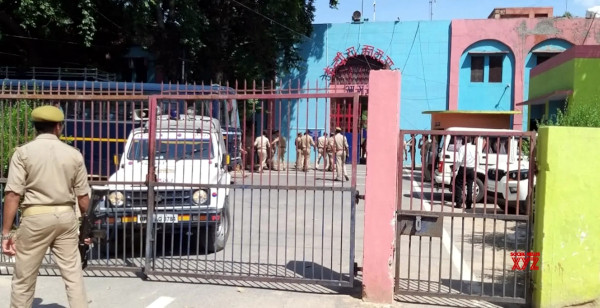
Agra Central Jail
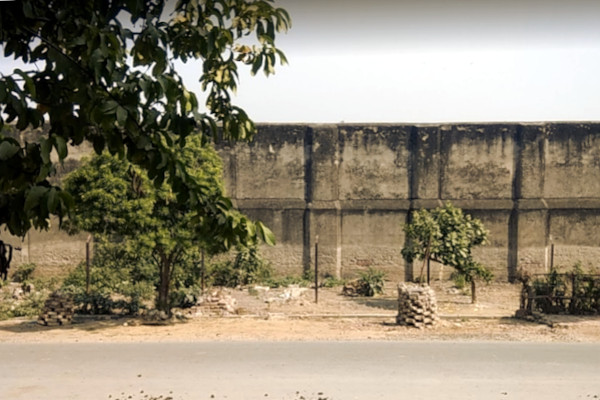
High wall surrounding Agra Central Jail
I passed this circular Jail Road every day. I was filled with dread every time I looked at the tall towers of the prison - I had heard stories at home that this was where dacoit Maan Singh had been imprisoned.
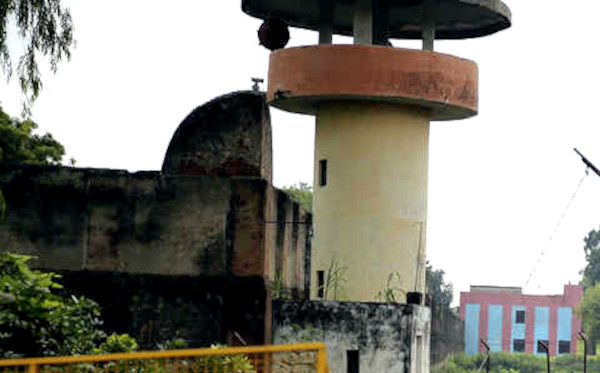
Tall tower of Agra Central Jail
In those days, every mother wanted her child not to venture out at night. She would attempt to frighten the child by saying that, if he did venture out, Daku Maan Singh would take him away from Mummy.
Daku Maan Singh became a legendary figure in his own lifetime. He was born in the village of Khera Rathore in southern Agra, an area that fell within the Chambal Valley of Uttar Pradesh. In 1928, he killed two members of his village in revenge.
To avoid capture by police, he absconded to the ravines of Chambal Valley. Soon after, he was arrested and sentenced for life. He was held in Agra Central Jail till 1939.
After his release from jail, Man Singh disappeared into the deep maze of ravines and scrub forests of the Chambal Valley where, he, along with his sons, his brother and his nephews, operated fearlessly as a baaghi (rebel).
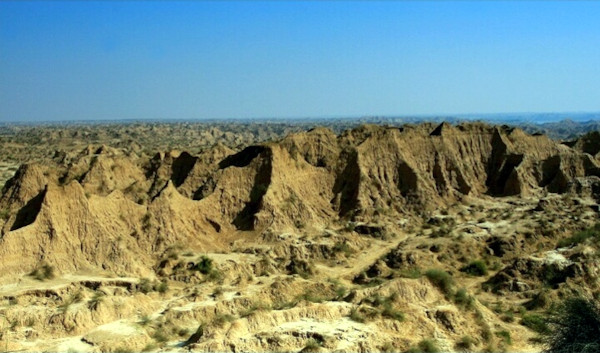
The ravines of Chambal river.
Between 1939 and 1955, he was charged with 1,112 robberies and 185 murders, including the killing of 32 police officers.
While the governments of Uttar Pradesh and Madhya Pradesh wanted him dead or alive, he was never turned in by the villagers as he was quite magnanimous towards these villagers, often playing the Robin Hood role.
In 1955, Maan Singh and his son, Subedar Singh were shot dead by Gurkha troops.
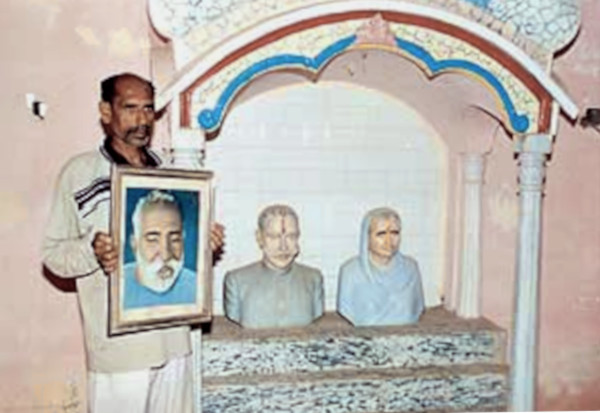
A temple dedicated to Maan Singh at Khera Rathore, his birthplace.
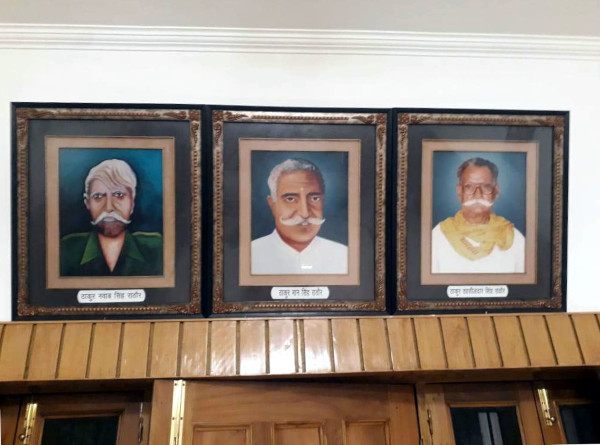
A portrait of Maan Singh, flanked by those of his sons, on the left, Subedar Singh and on the right, Tehsildar Singh.
These tales of Daku Maan Singh, so much a part of my childhood in Agra, came back to me on a recent Sunday morning when an obscure news item in the Times of India caught my eye. The newspaper article related how the rest of Maan Singh’s family, once outlaws, went on to become policemen and political representatives.
Maan Singh's other son, Tehsildar, was arrested in 1953. Sentenced to death by the Supreme Court in three cases and given 246 years of jail time, Tehsildar had his sentence commuted by the President of India.
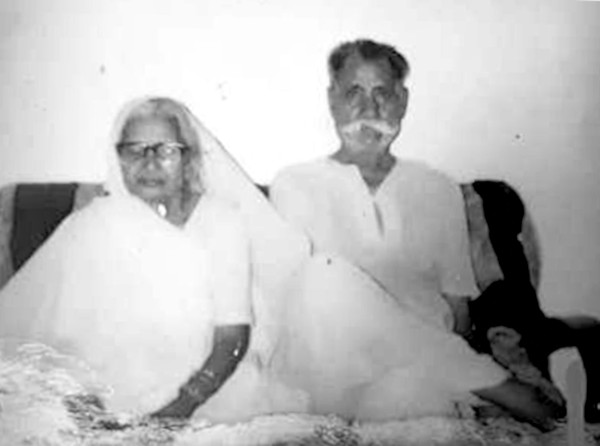
Tehsildar Singh with his wife.
Tehsildar Singh went on to help hundreds of dacoits turn their lives around and return to the mainstream of public life.
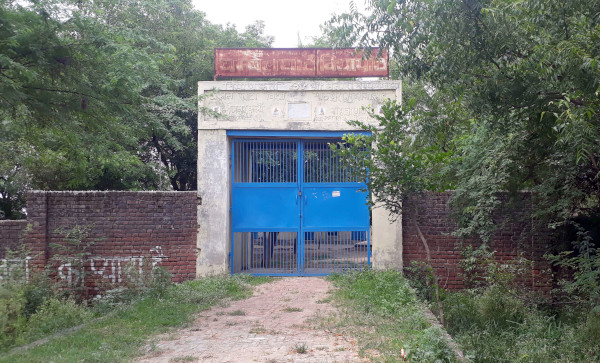
A primary school in Jaitpur Kalan, district Agra, built in the 1970s for children of dacoits who surrendered to the police.
“A police encounter does not solve anything. A second chance always makes a difference,” Bhavesh Singh Rathore, Maan Singhs’s grand nephew, told the newspaper reporter.
And so, an arrest - that did not end in an “encounter” - brought the reign of the dreaded dacoits of Chambal to a close.
Comments
Maan Singh
Here's a true story about him
https://www.indiaofthepast.org/sadhona-debi-chatterji/life-back-then/who...
Maan Singh
It was great reading that true story, Subodh.
The "bihad" areas of Chambal ravines might be converted into arable land in collaboration with the World Bank: https://m.economictimes.com/news/economy/agriculture/centre-to-convert-r...
The 2019 Hindi movie "Sonchiriya", starring the late Sushant Singh Rajput, has Manoj Bajpayee playing Daku Maan Singh.
Add new comment